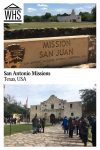San Antonio Missions
By Carole Terwilliger Meyers
What are the San Antonio Missions?
This UNESCO site is made up of a group of five historic mission complexes in Texas.
- Mission San Antonio de Valero–The Alamo. Established in 1718 as the city’s first mission, The Alamo was the site in 1836 where Texans battled the Mexican army for Texan independence from Mexico.
Disclosure: This article contains affiliate links. Making a purchase through an affiliate link will mean a small commission for this website. This will not affect your price. Privacy policy.
The remaining four missions are in Missions National Historical Park:
- Mission Concepción. This mission was established in 1716 in East Texas, and moved here in 1731. It is the best preserved of the Texas missions, and the church here is the oldest unrestored stone church in the U.S.
- Mission San José. Known as the “Queen of the Missions,” this is the largest mission and was established in 1720. The church was constructed later in 1768. The historical park’s visitor center is here, with information about all the missions and a short orientation film.
- Mission San Juan, also known as Mission San Juan Capistrano. This mission was established in 1716 in East Texas and, like Mission Concepción, moved here in 1731.
- Mission Espada, also known as Mission San Francisco de la Espada. This mission was established in 1690 near present-day Augusta and, along with Mission Concepción and Mission San Juan, it moved here in 1731. The Piedras Creek Aqueduct, built by Franciscan friars to supply irrigation water, is still in use today.
A ranch called Rancho de las Cabras is also part of the UNESCO designation. It is 37 km (23 miles) south of the other sites. Over 250 years old, today it is a ruin, but it originally supported Mission Espada through raising livestock.
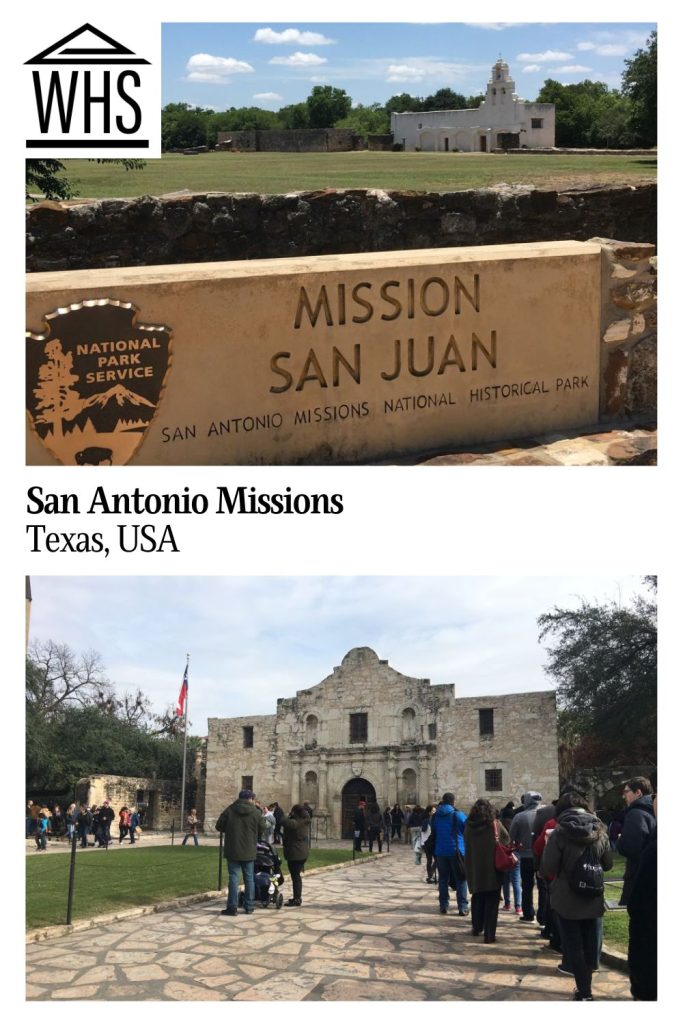
Why are the San Antonio Missions a UNESCO World Heritage site?
The missions are the first Texas UNESCO World Heritage site and the only U.S. missions to have the UNESCO designation.
According to UNESCO, “The complexes were built by Franciscan missionaries in the 18th century and illustrate the Spanish Crown’s efforts to colonize, evangelize and defend the northern frontier of New Spain.”
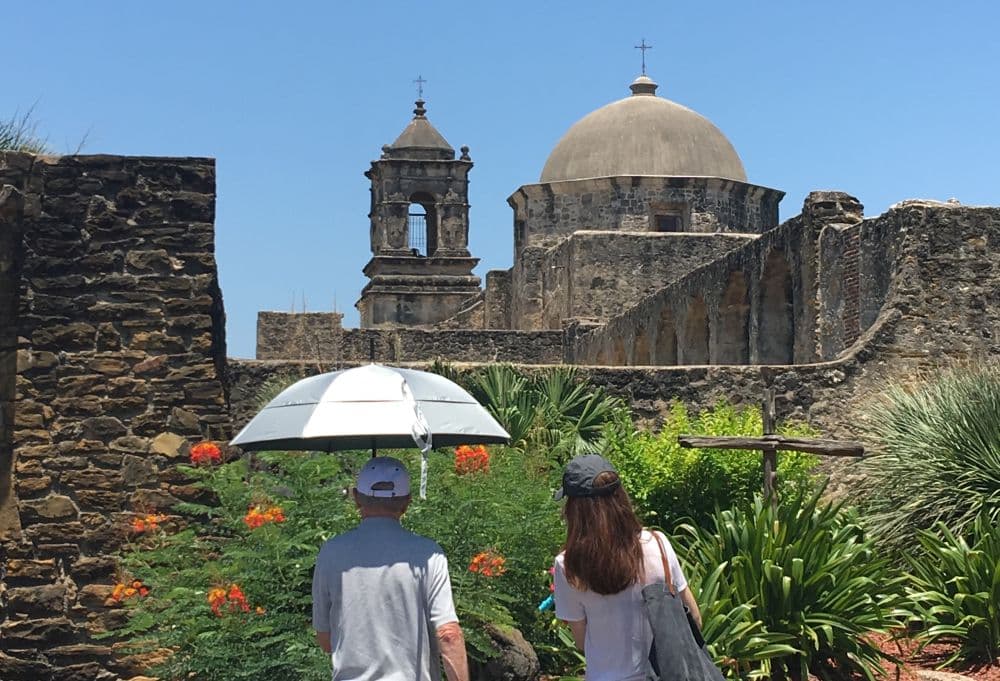
Over time, the missions became places where Spanish and indigenous cultures blended, “illustrated in a variety of elements, including the integration of the indigenous settlements towards the central plaza, the decorative elements of the churches which combine Catholic symbols with indigenous natural designs, and the post-secularization evidence which remains in several of the missions and illustrates the loyalty to the shared values beyond missionary rule.”
This blending of the two cultures resulted, according to UNESCO, in an identity that was somewhere between Spanish and indigenous and that “has proven exceptionally persistent and pervasive.”
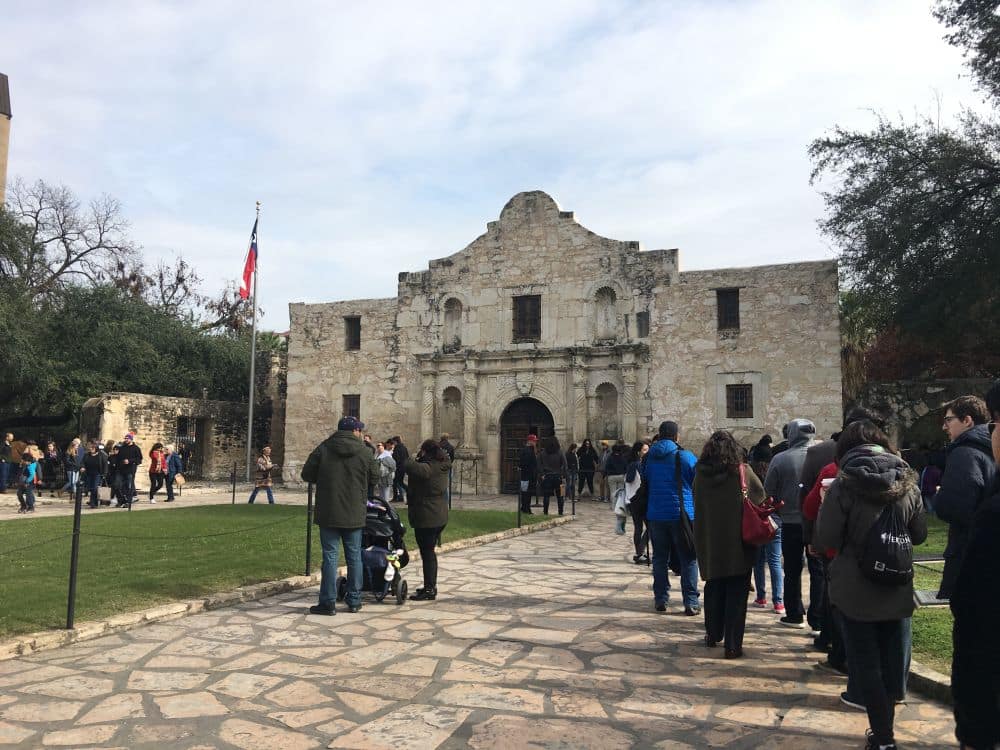
What can you expect on a visit to the missions?
Each mission is still active and holds services. Most of the missions feature attractive gardens and interesting exhibits. Admission to all is free, and most are not usually crowded.
The exception is The Alamo. Bear in mind that The Alamo is the most-visited historic landmark in Texas, so it usually has a long line to get in. The Alamo has docents in 1830s period dress who are happy to answer questions.
San Antonio is a big city and has plenty more things to see and do:
Are the San Antonio missions worth visiting?
The famous history of The Alamo makes it a must-see. The other missions are a worthy add-in, especially if you can spare the time. At the least, I suggest including Mission San José because of its own history and the fact that it also has an informative visitor center. When I visited, we saw all four missions in one afternoon. But that is an intense bit of sightseeing, especially with antsy children along. If you include The Alamo with the other four missions, you’ll want to devote an entire day to this excursion.
What sorts of travelers would like the missions?
Travelers who enjoy historic sites will want to see as many of these missions as possible. Families will enjoy the expansive grassy spaces and the fact that there is no admission charge.
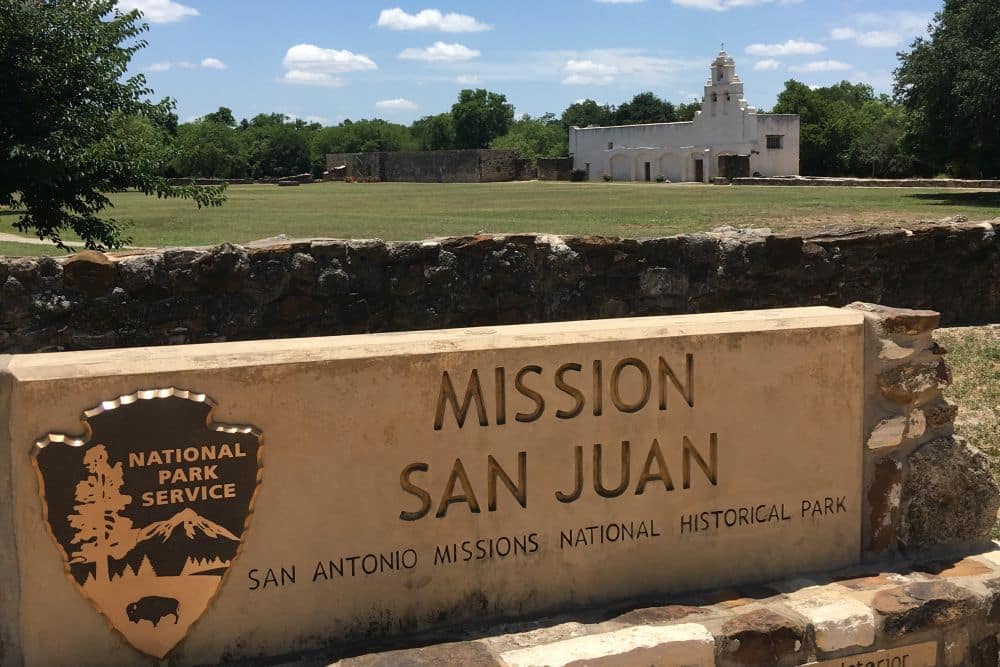
Tips for visiting the San Antonio Missions
Be aware that you can explore the mission trail by car, bike, bus, or on foot.
Compare rental car prices in San Antonio.
Pack along plenty of water and some snacks and perhaps a picnic.
Before visiting The Alamo, we had a wonderful Mexican-style breakfast at La Panaderia on Houston Street.
There’s not much to see at Rancho de las Cabras, but the National Parks Service runs occasional tours. Ask at the visitor’s center.
While distances are huge in the American Southwest, consider visiting some of the other UNESCO-listed highlights in neighboring states: Chaco Culture, Taos Pueblo or Carlsbad Caverns, for example, in New Mexico or Mesa Verde in Colorado.
Use the map below, centered on the Missions Historical Park, to book your accommodations in San Antonio. You can zoom in or out to see more options:
Where are the missions?
The official Mission Trail begins at The Alamo (300 Alamo Plaza) and winds southward along a 12-mile stretch of the San Antonio River. Each mission is located about 2.5 miles from the next. Parking is free except at The Alamo.
For more information about the San Antonio missions, opening hours and admission fees, see the official website.
Have you been to the San Antonio Missions? If so, do you have any additional information or advice about this UNESCO World Heritage site? Please add your comments below!

